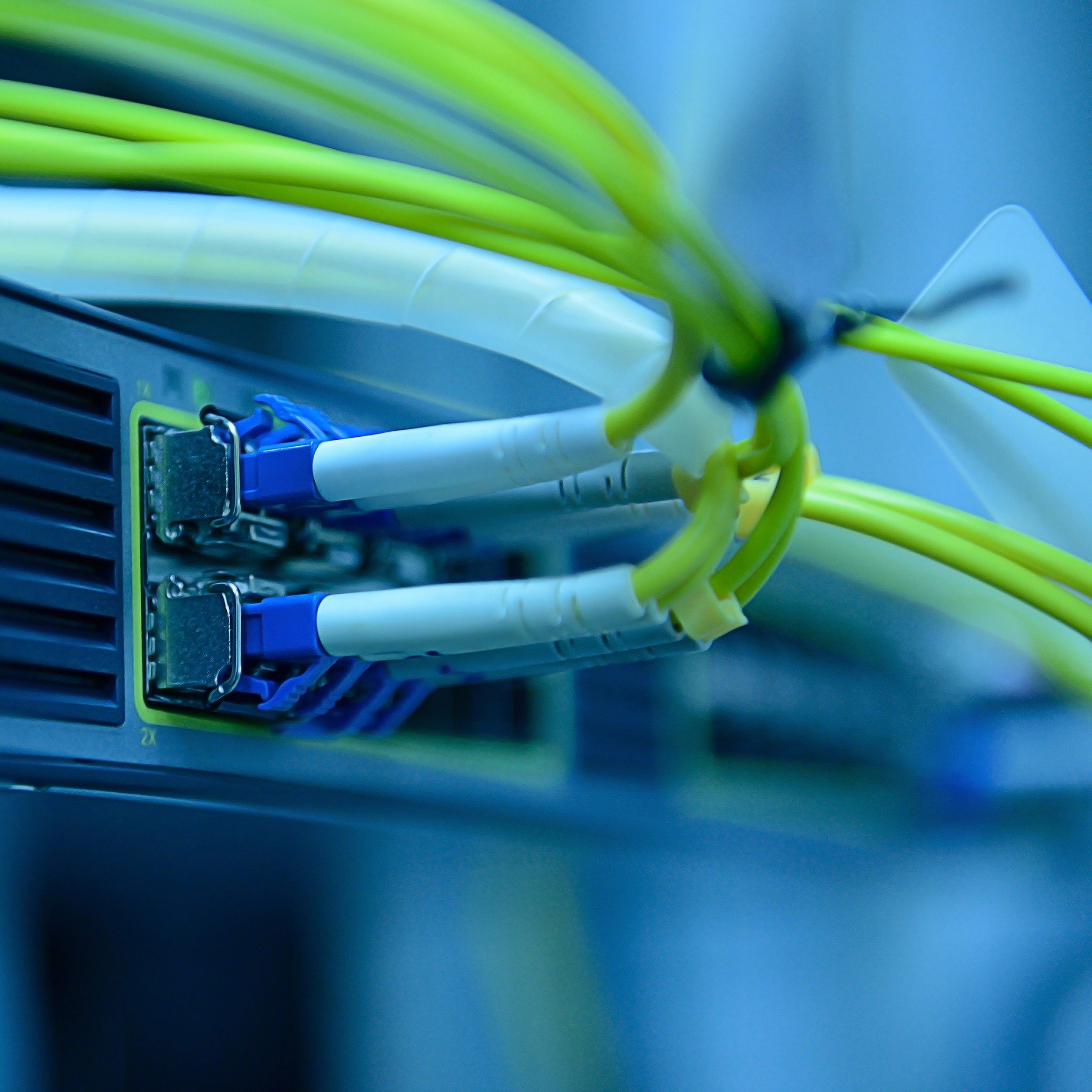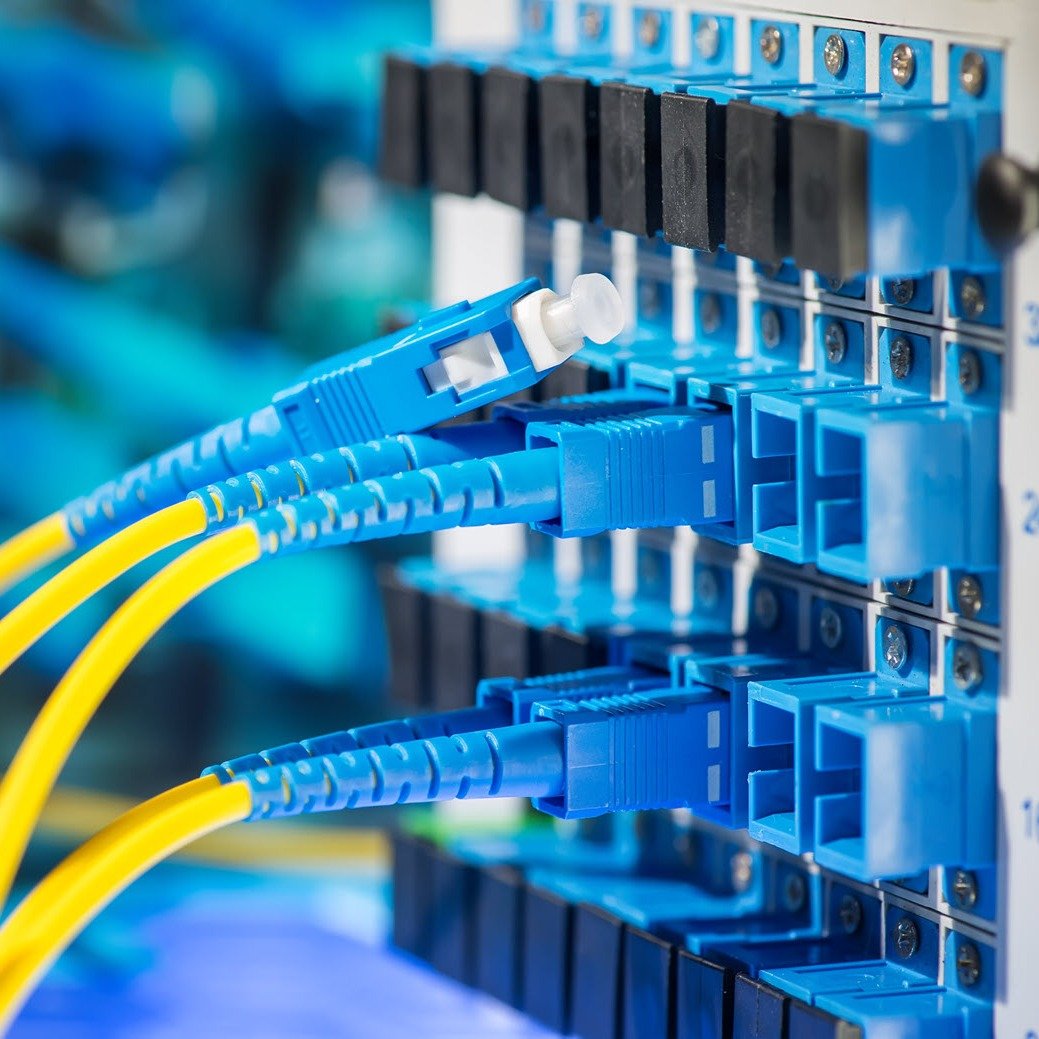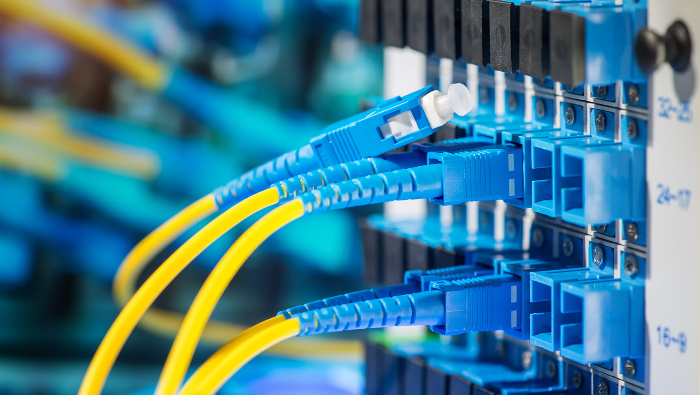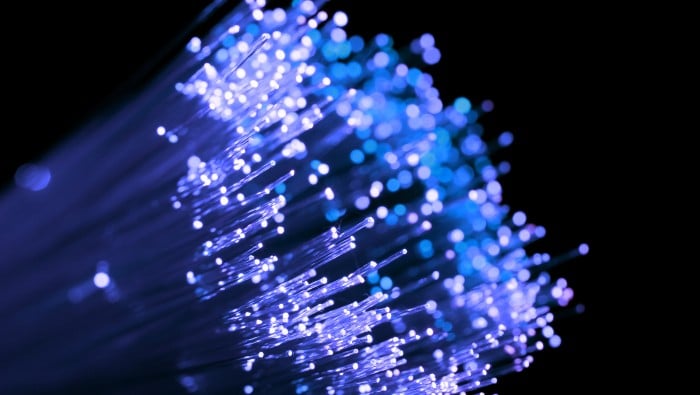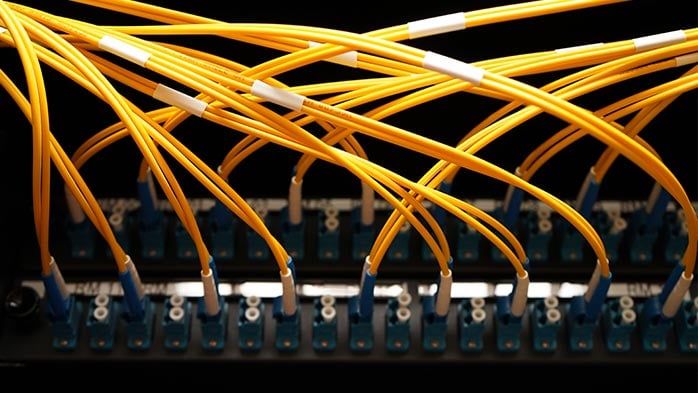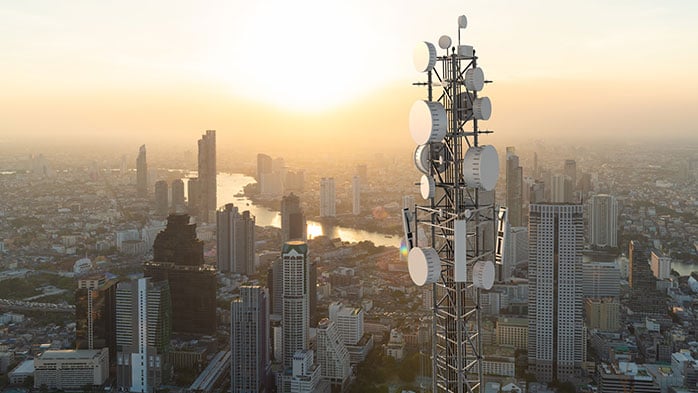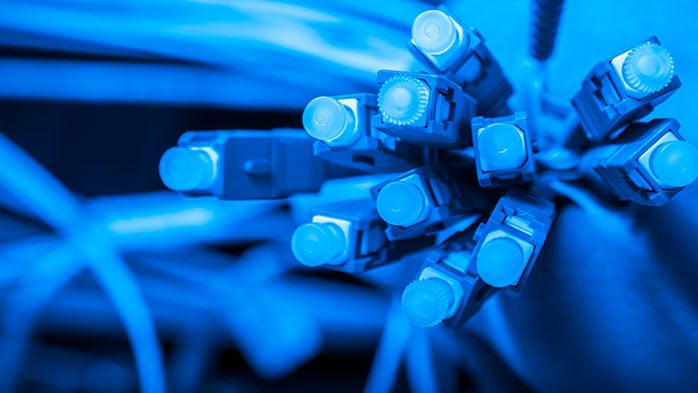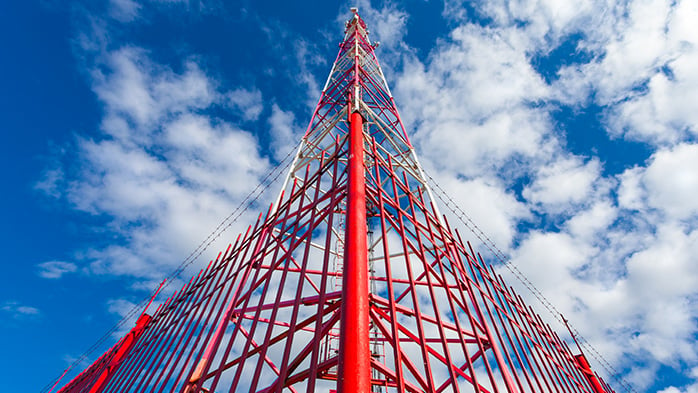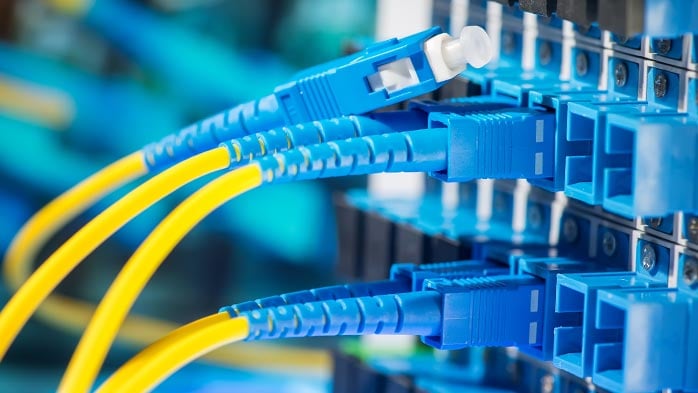In CRU’s latest Insight on the fibre optic markets, we try to make sense of recent price trends in bare optical fibre, alongside a look at CRU’s bare fibre price series and our recently achieved IOSCO adherence. Importantly, at the end of this Insight, we provide an outlook for prices over the coming year.
What prices do CRU assess and how?
CRU have been actively tracking domestic G652.D bare fibre spot prices in China and Europe since late-2000, a time when the fibre optic industry was in its relative infancy and total global annual optical cable demand stood at just 90M F-km. As we will see in a chart later in this Insight, fibre prices back then were far higher than anything experienced in recent years. CRU began tracking fibre prices in November 2000 and initially only focused on two markets – Europe and China. In fact, our Chinese price assessment at the time was called ‘developing markets’ and was intended to be representative of new, burgeoning markets. Historically and to-date, CRU assess fibre prices every two months with the results published and made available to customers through our Optical Fibre and Cable Monitor service.
The price points we collected back then were only ever intended to be indicative and as such, were not accompanied with robust and transparent methodology statements or indeed tight product specification documents. However, as shown in this Insight, things have changed considerably since then.
CRU’s fibre price assessments now fully IOSCO adherent
Following many months of intensive consultation with the industry, CRU is proud to announce its assessment of bare optical fibre prices is now fully IOSCO adherent. This includes assessments of bare optical fibre spot prices in China and Europe, and also covers our new price series in India which CRU successfully launched in May 2021.
CRU has worked tirelessly with market participants to best define specifications for each of the three-price series, as well as developing a comprehensive methodology statement which can be viewed in either English or Chinese.
Alongside more tightly defining specifications and implementing an increasingly robust methodology, we have widely expanded our network of data providers to ensure our price assessments for bare optical fibre are now more rigorous and reliable than ever. These developments have enabled CRU to improve transparency and become the ‘go-to’ industry benchmark for fibre price assessments globally, including in the settlement of index-linked physical contracts.
These prices are exclusively available to subscribers of the Optical Fibre and Cable Monitor service and can be accessed either through the downloadable Excel data pack or viewed online by clicking the ‘Prices’ tab within the CRU customer portal. As well as providing customers with detailed and accurate price assessments across Europe, China and India, we have also developed the CRUofpi (Optical Fibre Price Index). This global index is designed to give ultimate visibility as to current bare fibre price direction and relative strength.
Whether you are buying or selling fibre, the CRUofpi, alongside our individual point price assessments are a powerful tool. They can be utilised as specific reference points, assist in negotiation support, market analysis or indeed as part of an index in escalation and de-escalation clauses in your contracts. This use of CRU fibre prices or the CRUofpi offers transaction efficiencies, committed volume for producers, the possibility of buying competitively below the spot market, mitigating exposure to spot markets, and to lock in margins for your business. In order to make the most of CRU’s fibre prices in this way, customers will need to obtain the correct commercial license. If you would like to learn more about commercial licensing or simply how best to leverage CRU’s prices, please reach out to michael.finch@crugroup.com.
Historical price context
When CRU first started tracking bare optical fibre prices, these were at a level more than ten times what we are seeing today. As the chart below shows, even just since 2002, prices have fallen considerably from around $28/ F-km to the $4-6/ F-km level today. Much of the decline in prices can be attributed to improving technology and economies of scale as both preform and fibre plants were going through rapid expansions. Indeed, even by 2006, there were only five operational plants which had preform capacity larger than 10M F-km, by 2014 this had increased to 16. As efficiency and throughput continued to surge and raw material prices declined, production costs fell back significantly. Fibre prices followed in tandem. The situation began to change in 2016/2017, when rapid FTTH and 4G network construction in China drove the global market into a period of severe shortage. G652.D bare fibre prices subsequently found a fresh peak at around $12/ F-km in March 2018.
During the shortage, significant investment was pumped into the global fibre optic industry. Significant capacity expansions and greenfield plants came on stream in 2019, however, this happened to coincide with a sharp retreat in Chinese demand as the domestic market entered a transitionary phase, which was later compounded on a global scale by Covid-19. The 2019-2021 era was mired by excess capacity, elevated inventory levels and weakened demand – subsequently prices collapsed.
This was first apparent in China but later spread to Europe as Chinese manufacturers ramped up exports and sought to win market share through competitive pricing. This weighed heavy on international markets resulting in record low bare fibre prices across both China and Europe as assessed in March and May 2021. As demand and sentiment began to improve post-pandemic globally, G652.D bare fibre prices began to recover strongly.
Understanding recent trends and the impact of cost inflation
G652.D bare fibre prices for India, Europe and China recovered strongly since 2021 Q1
In terms of recent trends, bare fibre spot prices began to rally in late-Q3 2021 and well into 2022, with prices across all three markets surpassing pre-pandemic levels. Whilst there are many factors supporting this rally in prices, such as a much-improved demand outlook, the biggest driver has been the significant increase in production costs. Almost all input costs have experienced some form of inflation or significant jump in price. This includes silica tetrachloride (where prices are up 150% since 2021 H1), helium (near-doubling in prices over the last year) as well as energy, which in the case of Europe are up more than five times what they were at the start of the year.
It is this structural increase in bare fibre production costs which have supported a higher price floor across all the major markets. Of course, given current healthy demand levels, most, if not all, of these increases have been passed down the value chain onto customers. However, CRU understands we are fast approaching the limit as to how much more can be passed on.
Is the bare fibre price rally coming to an end?
Bare fibre prices have increased strongly since March-2021. Indeed, according to CRU’s assessment in July, Chinese and European G652.D bare fibre prices reached $4.50/ F-km and $6.30/ F-Km, up 67% and 70% respectively from the record lows experienced in 2021 Q1. However, G652.D bare fibre spot prices in September have begun to turn a corner. Indeed, domestic spot prices in China have stagnated, whilst in India, prices have eased back INR5 /F-km.
Given exchange rate fluctuations, once converted to USD this has seen $0.10 /F-km wiped off both price series which has resulted in CRU’s Optical Fibre Price Index (CRUofpi) falling for the first time since March 2021 – albeit down just 0.1%. On initial review it appears the bare fibre price rally, which has dominated the last 18 months, is running out of steam.
The European market bucks this trend a little. Domestic G652.D bare fibre spot prices there have actually increased by a further $0.20 /F-km compared to July, although given currency movements, this equates to a rollover in EUR terms. Rising energy prices and persistent tightness in 2022 Q4 could support European prices at elevated levels for longer, although softening demand will act as a drag. Overall, we expect some stabilisation in European prices as we approach the end of the year. There is scope for Indian fibre prices to edge back further, whilst in China, the spot market awaits news of the upcoming China Mobile tender. Early indications suggest this could be settled at 10% higher compared to the prior tender, which would mean implied bare fibre prices of around $4.30-$4.40/F-km – equivalent to current spot price levels.
Outlook for bare fibre prices in 2023 and beyond
CRU expects bare fibre prices globally to ease back from 2023. Driving this view, we expect cost pressures in fibre production to fall in H2 and into next year as raw material supply constraints ease. Other input costs such as energy should also begin to normalise from 2023, although this will take longer for Europe. Additional fibre capacity in the form of Corning’s new fibre plant in Poland may also act to dampen the underlying price environment in Europe next year and beyond.
For more information about CRU’s outlook for bare fibre prices, please join us at 15:00 BST on 1 November for a live Q&A webinar.





